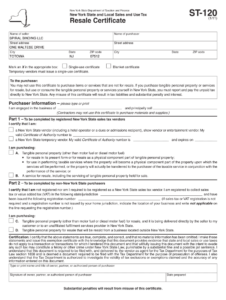The intercompany transfer pricing policy template is a document that outlines the rules and procedures for setting transfer prices between different entities within a multinational company. These policies are essential for ensuring that the company’s profits are allocated fairly among its various units and that the company is able to comply with the tax laws of the countries in which it operates. The template provides a structured approach for developing a transfer pricing policy that meets these objectives and helps organizations maintain accurate financial records and avoid potential legal issues.
Transfer pricing is the process of setting prices for goods and services that are transferred between different parts of a company. This can be a complex process, as it is necessary to take into account a number of factors, such as the costs of production, the market value of the goods or services, and the tax implications of the transfer. A well-crafted intercompany transfer pricing policy template can help streamline this process and ensure that it is conducted in a fair and transparent manner.
Key Components of an Intercompany Transfer Pricing Policy Template
A comprehensive intercompany transfer pricing policy template should include the following key components:
- Objectives: This section should clearly state the goals of the transfer pricing policy, such as ensuring that profits are allocated fairly, complying with tax laws, and minimizing the company’s overall tax burden.
- Transfer Pricing Methods: This section should describe the methods that will be used to set transfer prices, such as the cost-plus method, the market-based method, or the negotiated method. The template should provide guidance on how to select the most appropriate method for each type of transfer.
- Documentation Requirements: This section should specify the documentation that must be maintained to support the transfer prices that are set. This documentation may include invoices, purchase orders, and contracts.
- Procedures for Resolving Disputes: This section should outline the procedures that will be followed in the event of a dispute between different entities within the company regarding the transfer prices that have been set.
Benefits of an Intercompany Transfer Pricing Policy Template
An intercompany transfer pricing policy template can offer a number of benefits to multinational companies, including:
- Improved Compliance: A well-documented transfer pricing policy can help companies comply with the tax laws of the countries in which they operate. This can reduce the risk of audits and penalties.
- Increased Efficiency: A streamlined transfer pricing process can help companies save time and money. This can lead to improved profitability.
- Enhanced Transparency: A clear and transparent transfer pricing policy can help foster trust and cooperation between different entities within a multinational company. This can lead to better decision-making and improved overall performance.
Conclusion
An intercompany transfer pricing policy template is an essential tool for multinational companies. By providing a structured approach for setting transfer prices, these templates can help companies comply with tax laws, improve efficiency, and enhance transparency. This can lead to a number of benefits, including increased profits and improved overall performance.
Companies should use a template to develop a transfer pricing policy that is tailored to their specific needs. This policy should be regularly reviewed and updated to ensure that it is aligned with the company’s business objectives and the tax laws of the countries in which it operates.
FAQ
What is the purpose of an intercompany transfer pricing policy template?
An intercompany transfer pricing policy template is a document that outlines the rules and procedures for setting transfer prices between different entities within a multinational company. These policies are essential for ensuring that the company’s profits are allocated fairly among its various units and that the company is able to comply with the tax laws of the countries in which it operates.
What are the key components of an intercompany transfer pricing policy template?
The key components of an intercompany transfer pricing policy template include the objectives of the policy, the transfer pricing methods that will be used, the documentation requirements, and the procedures for resolving disputes.
What are the benefits of using an intercompany transfer pricing policy template?
The benefits of using an intercompany transfer pricing policy template include improved compliance with tax laws, increased efficiency, and enhanced transparency.
